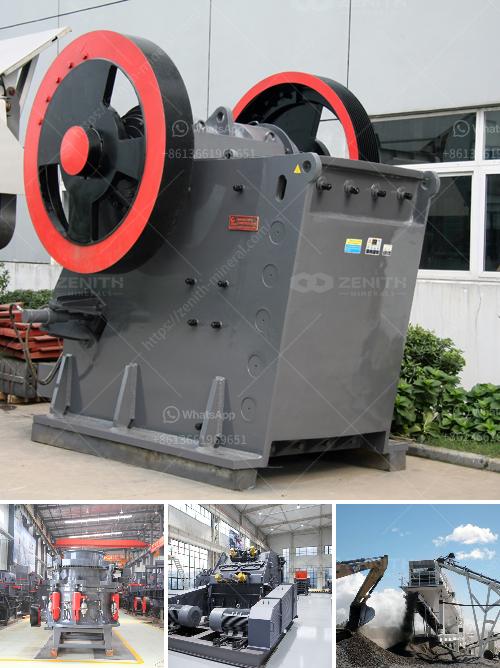A jaw crusher is a machine used to crush rock and other hard materials. Here's how it works:
Components:
- Fixed Jaw Plate - A stationary, rigidly mounted plate.
- Swing Jaw Plate - The moving plate that exerts force on the material.
- Pitman - A mechanism that moves the swing jaw.
- Toggle Plates - Mechanisms that create the crushing action.
- Flywheel - Provides the necessary inertia to crush the material.
- Motor - Powers the entire machine.
Operation:
- Feeding: Raw material is fed into the crusher.
- Crushing: Through a motor and a belt, the primary mechanical drive moves the pitman back and forth. This motion drives the swing jaw plate against the fixed jaw plate, creating a compressive force that crushes the material.
- Output: Crushed material is discharged from the bottom of the jaw crusher.
Crushing Process:
- Large Rocks are placed into the top of the machine.
- Compression: As the swing jaw moves back and forth against the fixed jaw, material is caught in the crushing chamber and crushed to smaller sizes.
- Discharge: Once the material is small enough, it passes through the discharge opening at the bottom.
The size of the output material can be adjusted by changing the distance between the jaws, which is done by adjusting the toggle plates.
Key Points:
- Jaw crushers are efficient for primary crushing.
- They handle a wide range of materials, from hard rock to recycled concrete.
- They are simple in design and easy to maintain.
This explains the basic operational mechanism of a jaw crusher.

